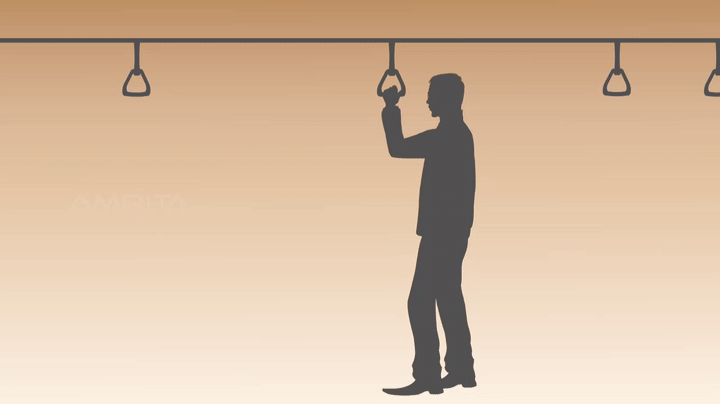Some newtonian knowledge!
Welcome back my aeronautics enthusiasts,
Are you ready for new epic and fantastic info? Of course you are!
In today’s blog we will becovering some physicals aspects of the aviation. To be more precise we will be talking about just one physics law but applicated in aeronautics. I hope this class won’t be very boring but we will try as always to make more enjoyable and easy to understand and learn.
The
physical law I chose is about a man that one day an apple fell off in his head
and he realised that there was some kind of attractive force. After some
research, this force then was named as gravity. Can you guess the name of the
scientific?
His name was Isaac Newton and in 1868 talked about his three laws that he discovered. The one we are going to talk about is the third law of newton but for understanding it first of all we need to explain the first two laws.
The first
law of newton says: In an inertial frame of reference, an object either remains
at rest or continues to move at a constant velocity, unless acted upon by a
force. In other words, if we apply a force to an object it will start moving
and won’t stop until a force in opposite sense stops it. This also means that
an object at rest will never move if no force is applied to it.
The second
law of newton says: In an inertial frame of reference, the vector sum of the
forces F on an object is equal to the mass m of that object multiplied by the
acceleration a of the object: F = ma. As a result, this law defines the
quantity of force that is produced according to the mass and the acceleration applied
to the object. As you can see on the gif, applying the same amount of acceleration at different masses is not the same. As more mass you have, you will need to apply more acceleration for having a propotational force to have the some amount of movement.
You might be thinking that I’m crazy because when you launch a ball you never have the feeling of an opposite force in our hand. This is due because even if we launch the ball at high speed (high acceleration) the mass of the ball is ridiculously small. So, comparing with our body mass which is more than 100 times bigger than the ball, the acceleration in our hand is almost 0. In the opposite way happens when we hit a wall by punching it with our hand. I hope you don’t do it, but if you did, your hand will hurt a lot and that’s why all the force you did to the wall it will come back to you and here is when the suffering starts.
Our first
application in aeronautics of the third law is in the fundamental of the nylon
hammer talked in our previous blog. To avoid the hammer rebound back in our
head, the nylon head of the hammer absorb most of equal and opposite of the
force that we applied on the surface. That’s why we need to be careful with
metal hammers and hitting too hard a surface, it might come back and skid of
your hand!
Secondly, another application of the newton’s third law is on a very important thing of the plane. If you have been loyal to my blogs and read everything you might know what I’m talking about. This important thing are the wings of the plane, as you know a plane cannot fly without the wings and here is where Newton and Bernoulli explain what we call the lift. While Bernoulli explains the movement of the fluid and the pressure differences, this differences of wind velocity and pressure basically are forces and here is where Newton comes. As the wind enters in the wing the principal objective of this wing is deflecting wind downwards. As you deflect the wind downwards the same amount of force created on the vertical axis has a reaction equal and opposite upwards. As you can see in the photo, the wing deflects wind downwards and this creates a force downwards. This same force will have and equal and opposite force on the wing and this resultant force on the wing is also know as Lift. As much air you deflect, you will obtain more lift and the capacity of flying higher.
Final but not least, another fundamental part of the plane that works with the third law of newton are the engines. On the same blog mentioned previously, we also talked about the engines and as you know airplane engines function basically as an enormous air vacuum. As the air passes through the compressor, then burned in the combustion chamber and finally ejected through the exhaust passing through the turbines, the amount of air ejected is considered as a force. So, as we have been saying, if the air ejected of the engine produces a force there will be a force equal and opposite to this one. The resultant of the force produced by the engines is a force called Thrust. That is what makes the plane moves forward just by ejecting lots of compressed air back. When more air is ejected you obtain more thrust.
After all this amount of knowledge, we have seen that the third law of newton can by applied in many fields of the plane. From our tools that we use for repairing the plane to the principal fundamentals of flying, such as the lift produced by the wings and the thrust produced by the engines. I know there’s a lot of physical information and It might result a little boring compared to the other blog topics but for me is a very interesting one. I hope that my enthusiasm has been captured on this blog and most importantly, you had a great time learning new things! As every week more interesting information on next week!
See you on next week folks!















Another wonderful blog entry! It is always a pleasure to read them! Thank you.
ResponderEliminar